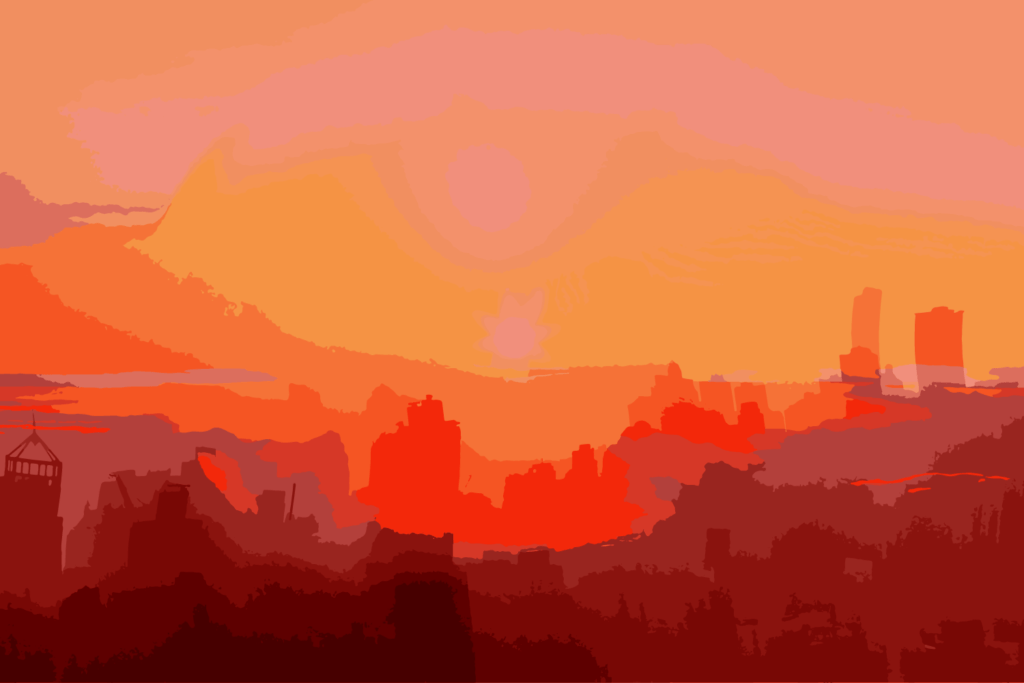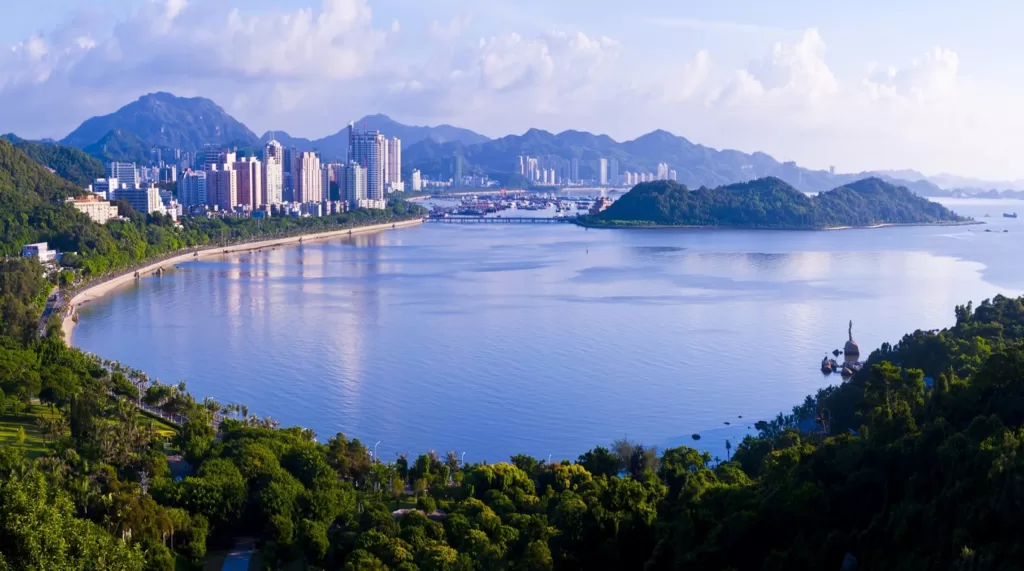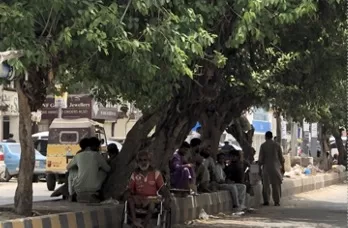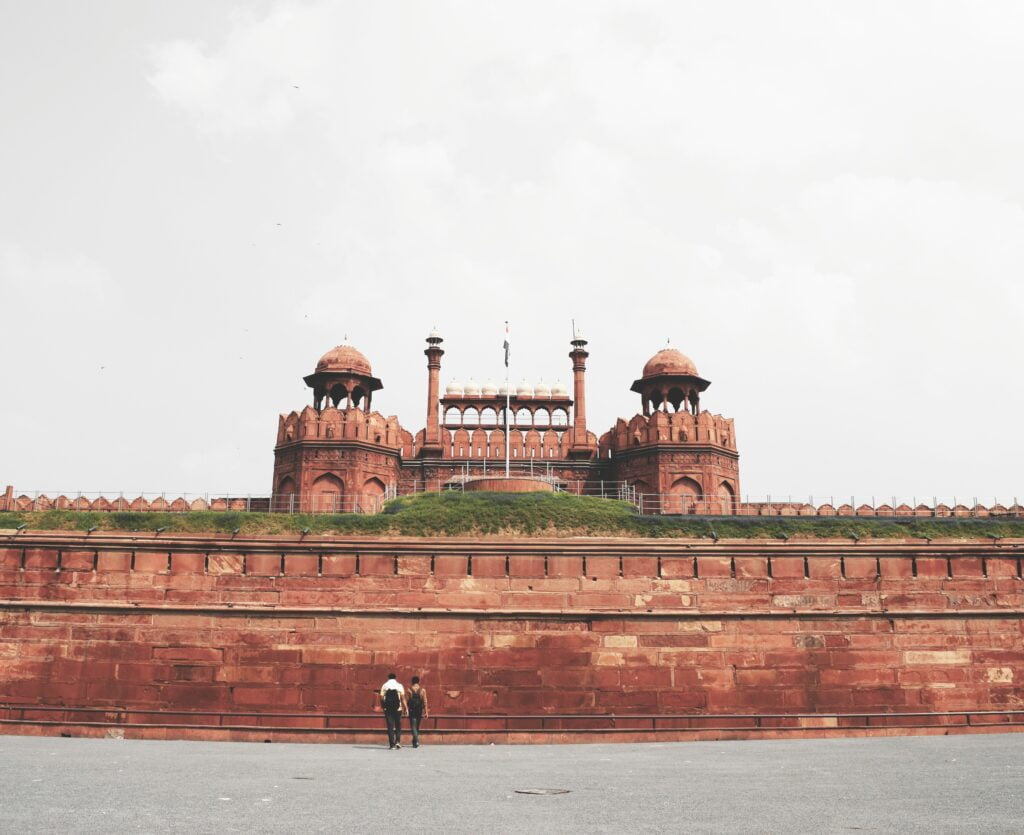We use cookies to improve your experience with Monash. For an optimal experience, we recommend you enable all cookies; alternatively, you can customise which cookies you’re happy for us to use. You may withdraw your consent at any time. To learn more, view our Website Terms and Conditions and Data Protection and Privacy Procedure.
Beating the heat
Published on March 8, 2022Cities will be the hottest place to be as the world heats up. Beating the heat in the urban jungle doesn't need to be high-tech. It will take some planning.
 Heating cities are costing lives : Michael Joiner, 360info CC BY 4.0
Heating cities are costing lives : Michael Joiner, 360info CC BY 4.0
Cities will be the hottest place to be as the world heats up. Beating the heat in the urban jungle doesn’t need to be high-tech. It will take some planning.
Climate change is turning up the heat and the hottest places to be in the future will be cities.
For many years, geographers and urban planners noticed that towns and cities were always hotter than the surrounding countryside. Our cities, made of concrete, asphalt, tiles and tin amplify the heat, warming up during the day and radiating heat all night. These materials are also ‘impervious’ surfaces that do not allow rain to soak in. Unpaved areas absorb the rain, providing a cooling effect from the moisture.
Urban areas can be between 4 and 10 degrees hotter than surrounding rural areas. For most urban residents the answer is to crank up the air conditioning. But the electricity use ultimately makes climate change worse, and for the city’s poorest residents, the cost is too much to bear.
While parks and gardens are the best weapon against urban heat, keeping it in check will become harder as climate change bites. Authorities will need the tools of urban planners, public health experts, architects, and clinicians to prevent loss of life as our cities become hotter and hotter.
REALITY CHECK
Earth’s average surface temperature has increased at a rate of 0.07°C per decade since 1880, but the rate has tripled since the 1990s.
More than five million people die annually due to excessively hot or cold conditions.
Around 30 percent of the world’s population is exposed to potentially lethal heat for at least 20 days a year. By 2100, this number is projected to increase to 48 percent.
Economic loss due to the urban heat island effect could reach up to 10.9 percent of GDP by 2100.
BIG IDEAS
Quote attributable to Wan-Yu Shih, Ming-Chuan University
“Simply increasing ‘green coverage’ without considering relative location of green spaces cannot effectively reduce the problem of urban warming.”
Quote attributable to Elspeth Oppermann, Ludwig-Maximilians University and Jamie Cross, University of Edinburgh
“Low-tech interventions are not a panacea to climate change. The shade of a tree, appropriate use of fans, or improved ventilation of homes only works as long as outdoor conditions remain survivable. This might not be the case in many regions by 2050.”
This article has been republished in the wake of heatwaves in India, China and Europe. It first appeared on March 11, 2022.
Originally published under Creative Commons by 360info™.
Editors Note: In the story “Hotter and hotter” sent at: 23/02/2022 12:17.
This is a corrected repeat. New story added to Perspectives













